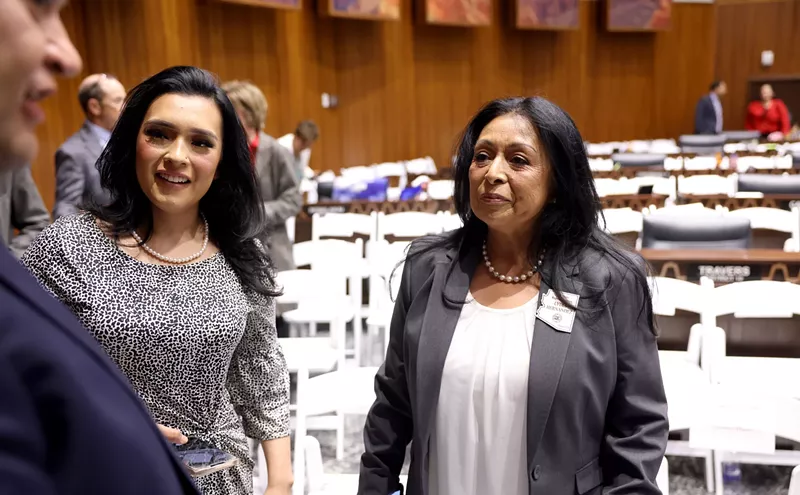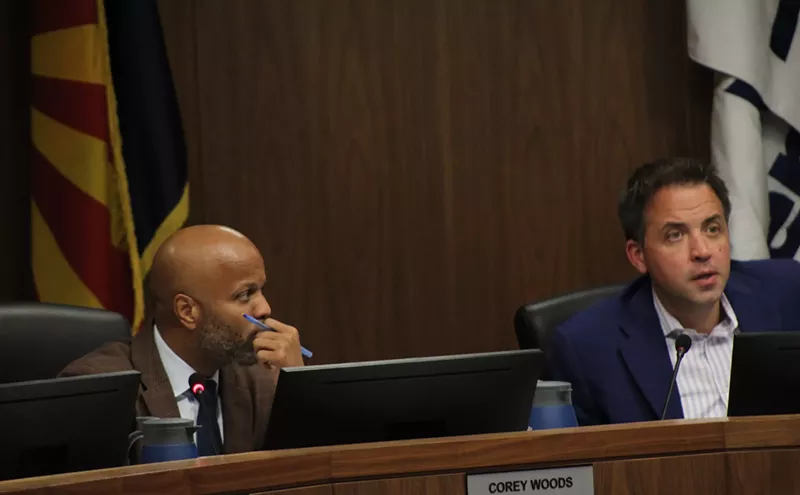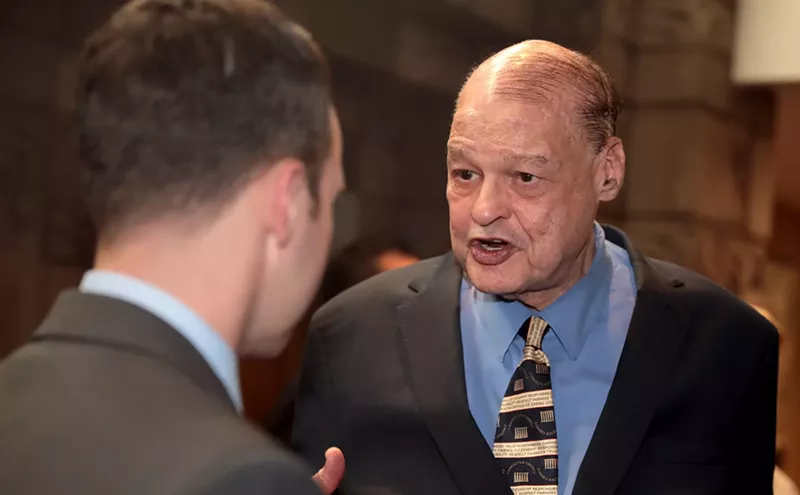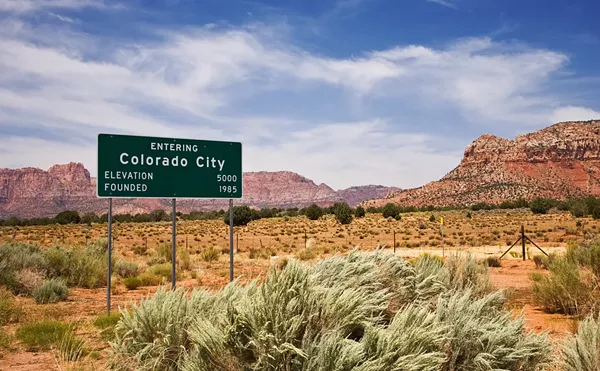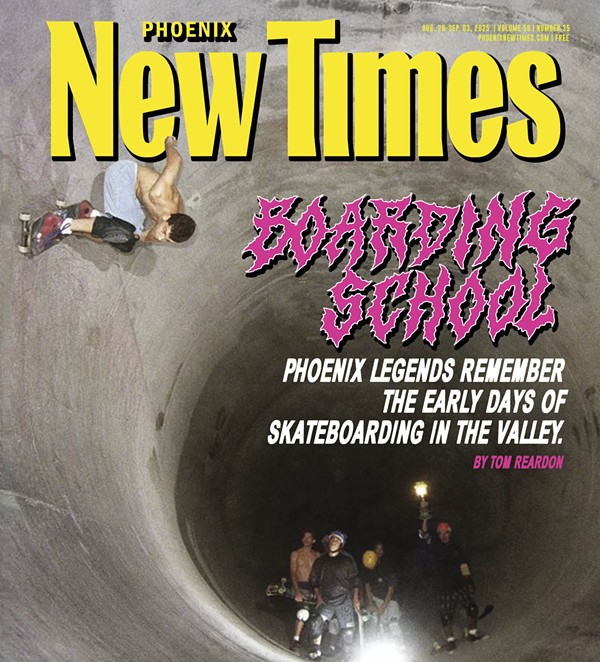At issue is how to regulate emissions from Cholla, a coal-fired power plant that the National Park Service calls “one of the nation’s worst sources of visibility impairment at national parks and wilderness areas.” Emissions from Cholla impact air quality at 13 protected areas across the Southwest, and the Clean Air Task Force estimates that pollution from Cholla alone contributes annually to 10 deaths and 190 asthma attacks.
According to Sandy Bahr of the Arizona Sierra Club, pollution from Cholla was such a problem that the EPA stepped in a few years ago and told the state something had to be done to fix it. The Arizona Department of Environmental Quality “put together a plan that was so bad the EPA rejected it,” she says.
Following that, the EPA decided to take matters into its own hands, and in December 2012, designed a five-year plan for Cholla to reduce emissions that cause haze and health problems. The utility company that owns the plant, Arizona Public Services, was told it had until December 2017 to retrofit the plant with what are called selective catalytic reduction units — a technology proven to remove between 80 percent and 90 percent of unhealthy smog-producing nitrogen oxide emissions from coal-powered plants.
The EPA plan, though, has many critics, including ADEQ and APS, which say it isn’t cost-effective in the long run. They challenged the EPA plan in court, and the outcome is still pending.
Meanwhile, as ADEQ and APS wait for the federal court’s decision, they decided to craft an alternative plan. “We didn’t think the EPA’s plan was good enough,” explains Eric Massui, director of air quality at ADEQ, adding that something designed and implemented by the state would be easier to enforce than one devised by the federal government.
ADEQ and APS worked together and recently released a draft revised plan for consideration.
“We felt that we as a state could [come up with an alternative] and achieve the same, if not better results,” Massui says, adding that what they came up with is both environmentally and economically prudent.
Unlike the EPA’s plan, which retrofits three out of four units with the cleaning technology to burn coal in a more environmentally friendly way and shuts down the remaining unit, the ADEQ/APS plan requires the entire plant switch to natural gas by 2025. The catch, though, say environmentalists, is that the plant will skip the retrograde and continue with the status quo rate of emissions for the next decade.
In a joint statement released yesterday, the Arizona chapter of the Sierra Club, the National Parks Conservation Association, and Earthjustice — an environmental law firm — write that the “recently proposed new regional haze plan for [Cholla] would weaken current regulations and put communities, national parks, and other resources at risk.”
The plan will “result in greater air pollution and worse visibility impairment at Arizona’s national parks and wilderness areas for nearly two decades,” writes Earthjustice attorney Michael Hiatt in a separate letter to ADEQ dated July 14, 2015. “[While] we applaud the utilities’ decision to stop burning coal at Cholla in the future, the utilities' pledge to do so cannot allow Cholla to evade its Clean Air Act obligations by subjecting national park visitors to worse air pollution for decades.”
Bahr and others say that they want the plant to continue with the plan to stop using coal, but also put in the selective catalytic reduction units while they prepare for the transition. But Massui from ADEQ tells New Times that this would be unrealistic because the technology “would only be in use from 2017 until 2025,” but cost millions of dollars — an investment APS would never recoup.“[While] we applaud the utilities’ decision to stop burning coal at Cholla in the future, the utilities pledge to do so cannot allow Cholla to evade its Clean Air Act obligations"
tweet this
“ADEQ’s primary goal is environmentally responsible economic growth,” Massui says, adding that the new plan “strikes a balance between the two.” It’s both fiscally responsible and “in the long run will achieve greater emissions reductions and better visibility [results] than either the first state plan or the EPA plan.”
But the trio of conservationist groups argues that not only is it irresponsible and “unacceptable” for ADEQ to allow APS to release significant amounts of pollution for the next 10 years while the company figures out the transition to natural gas, but the two groups are not taking into account the cost of any externalities.
“They did their own cost analysis,” says Bahr. “There’s a cost to delaying, and that cost is to air quality, national parks, and public health, which we [the public] end up paying for.”
Got a tip? Email Miriam Wasser
Follow Miriam Wasser: @MiriamWasser
Follow Valley Fever on Twitter: @ValleyFeverPHX




